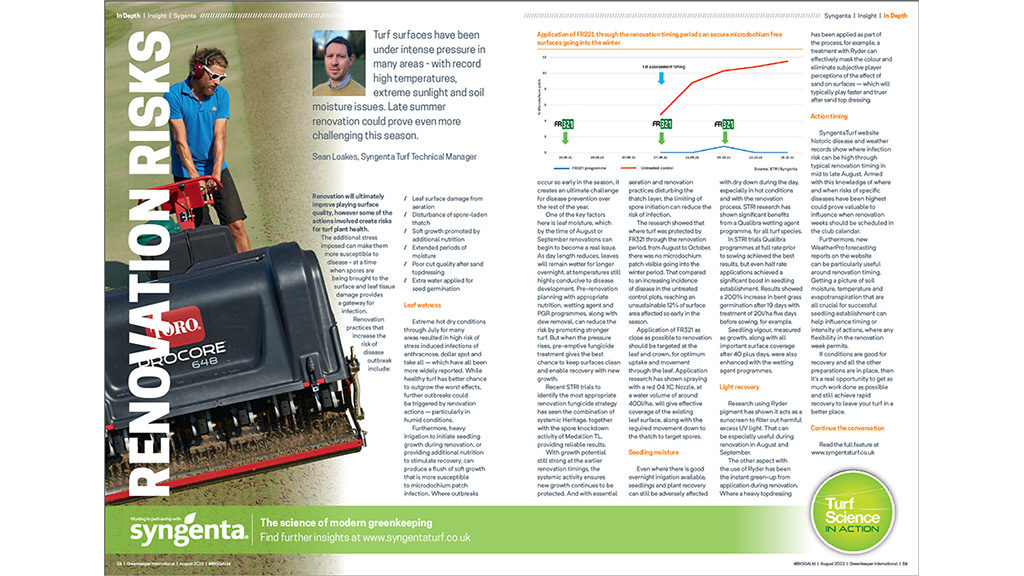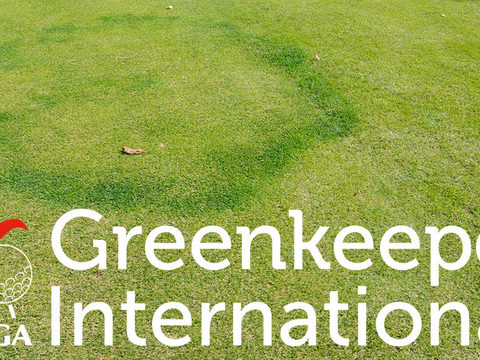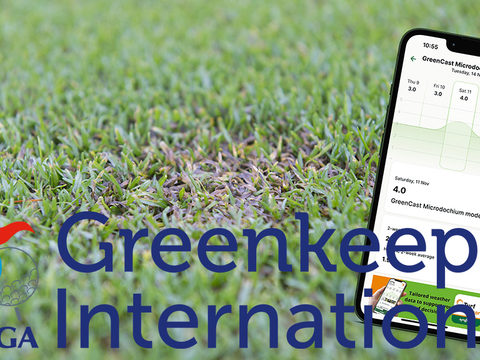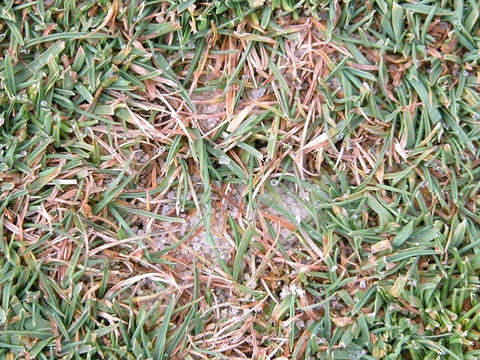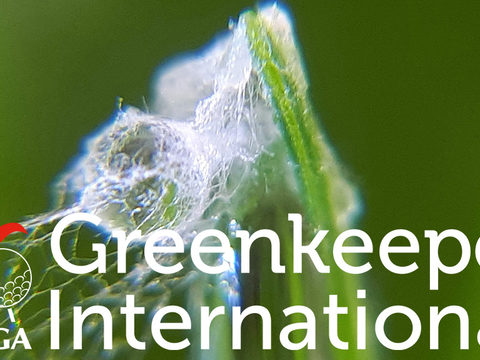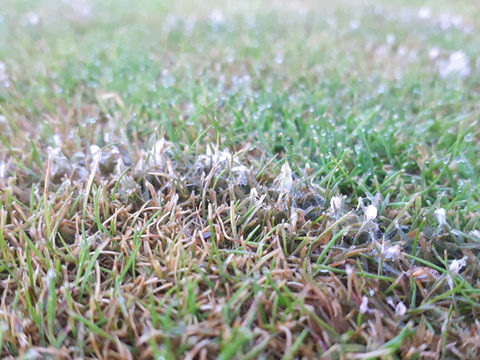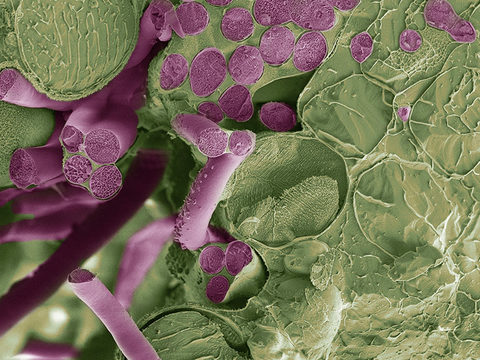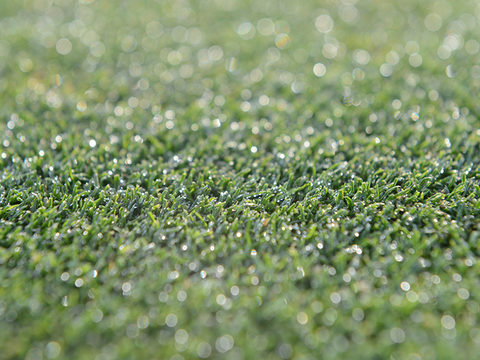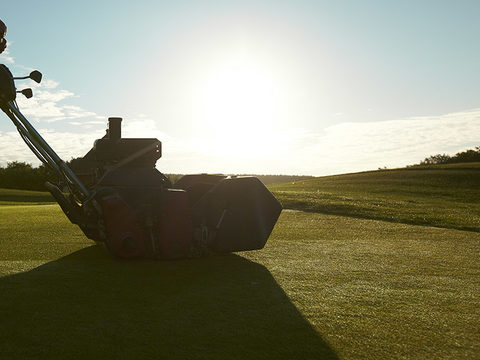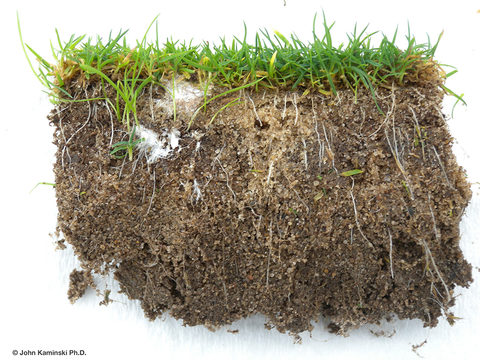Renovation risks
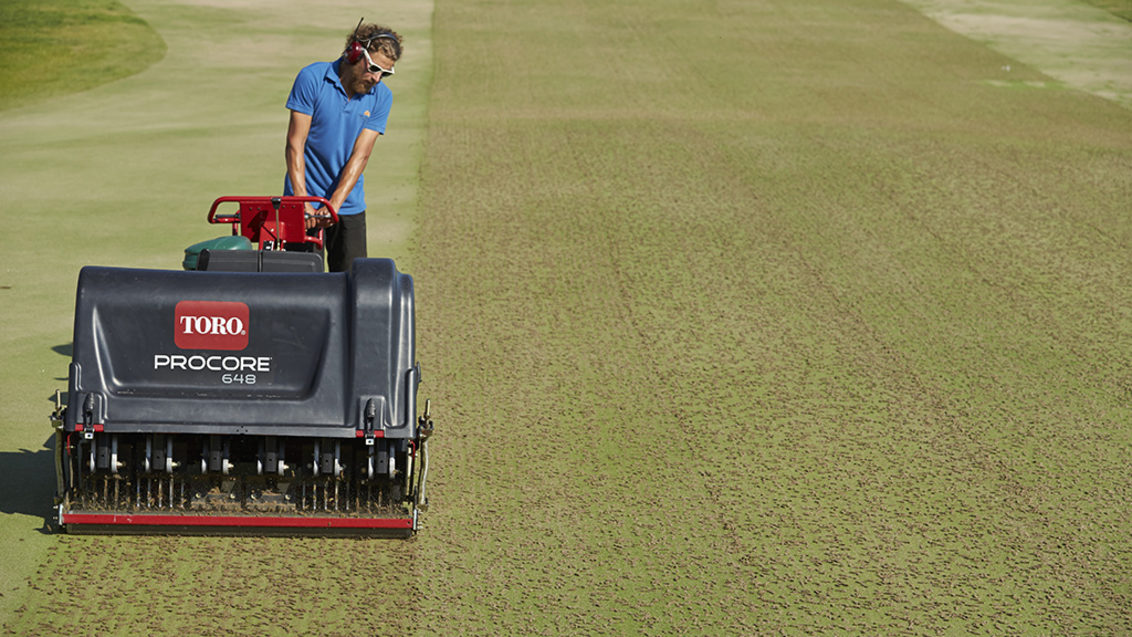
Turf surfaces have been under intense pressure in many areas - with record high temperatures, extreme sunlight and soil moisture issues. Late summer renovation could prove even more challenging this season, warns Syngenta Technical Manager, Sean Loakes in his latest Greenkeeper International InSight article.
Renovation will ultimately improve playing surface quality, however some of the actions involved create risks for turf plant health. The additional stress imposed can make them more susceptible to disease - at a time when spores are being brought to the surface and leaf tissue damage provides a gateway for infection.
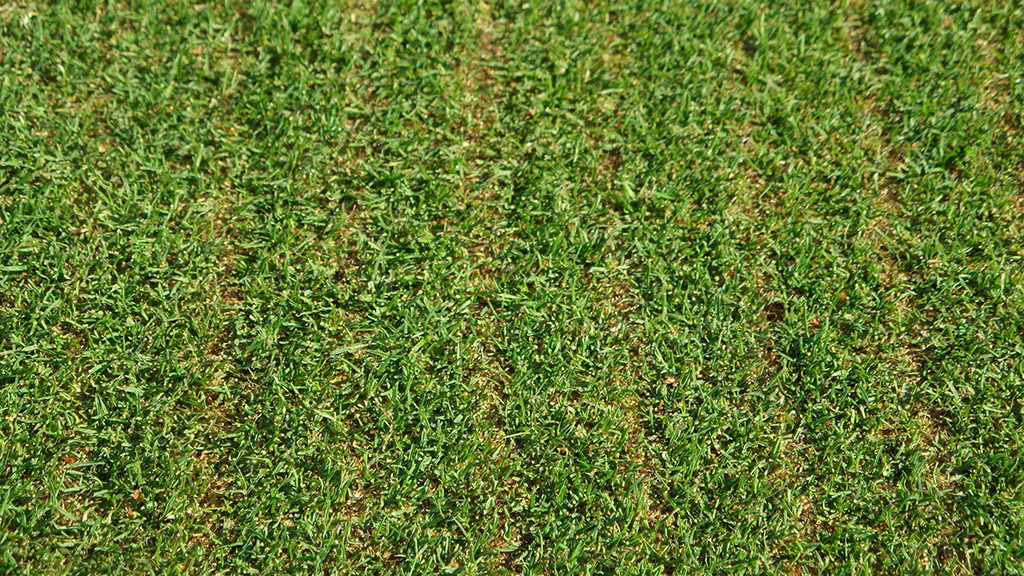
Renovation practices that increase the risk of disease outbreak include:
- Leaf surface damage from aeration
- Disturbance of spore-laden thatch
- Soft growth promoted by additional nutrition
- Extended periods of moisture
- Poor cut quality after sand top dressing
- Extra water applied for seed germination
Leaf wetness
Extreme hot dry conditions through July for many areas resulted in high risks for stress induced infections of anthracnose, dollar spot and take all this season – which have all been more widely reported. While healthy turf has better chance to outgrow the worst effects, further outbreaks could be triggered by renovation actions – particularly in humid conditions.
Furthermore, heavy irrigation to initiate seedling growth during renovation, or providing additional nutrition to stimulate recovery, could also produce a flush of soft growth that is more susceptible to microdochium patch infection. Where outbreaks occur so early in the season, it creates an ultimate challenge for disease prevention over the rest of the year.
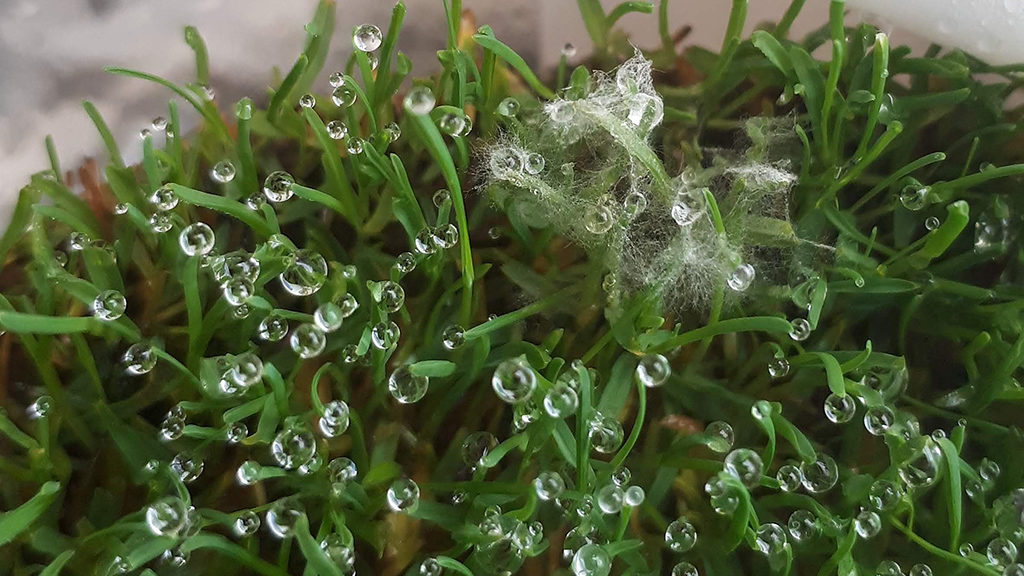
One of the key factors here is leaf moisture, which by the time of August or September renovations can begin to become a real issue. As day length reduces, leaves will remain wetter for longer overnight, at temperatures still highly conducive to disease development.
Pre-renovation planning with appropriate nutrition, wetting agent and PGR programmes, along with dew removal, can reduce the risk by promoting stronger turf.
But when the pressure rises, pre-emptive fungicide treatment gives the best chance to keep surfaces clean and enable recovery with new growth.
Recent STRI trials to identify the most appropriate renovation fungicide strategy has seen the combination of systemic Heritage, together with the spore knockdown activity of Medallion TL, providing reliable results.
With growth potential still strong at the earlier renovation timings, the systemic activity ensures new growth continues to be protected. And with essential aeration and renovation practices disturbing the thatch layer, the limiting of spore initiation can reduce the risk of infection.
The research showed that where turf was protected by FR321 through the renovation period, from August to October, there was no microdochium patch visible going into the winter period (Fig 1). That compared to an increasing incidence of disease in the untreated control plots, reaching an unsustainable 12% of surface area affected so early in the season.
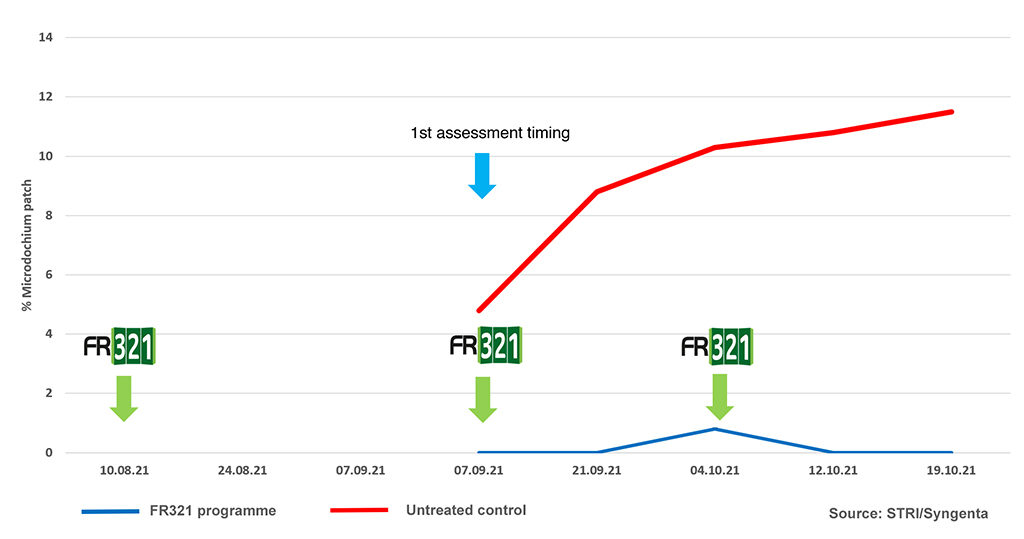
Application of FR321 as close as possible to renovation should be targeted at the leaf and crown, for optimum uptake and movement through the leaf. Application research has shown spraying with a red 04 XC Nozzle, at a water volume of around 400 l/ha, will give effective coverage of the existing leaf surface, along with the required movement down to the thatch to target spores.
Seedling moisture
Even where there is good overnight irrigation available, seedlings and plant recovery can still be adversely affected with dry down during the day, especially in hot conditions and with the renovation process.
STRI research has shown significant benefits from a Qualibra wetting agent programme, for all turf species.
Holding moisture lower in the soil profile encourages rapid root growth to reach moisture, whilst surfaces can still be effectively held drier – which is also less conducive to seedling diseases.
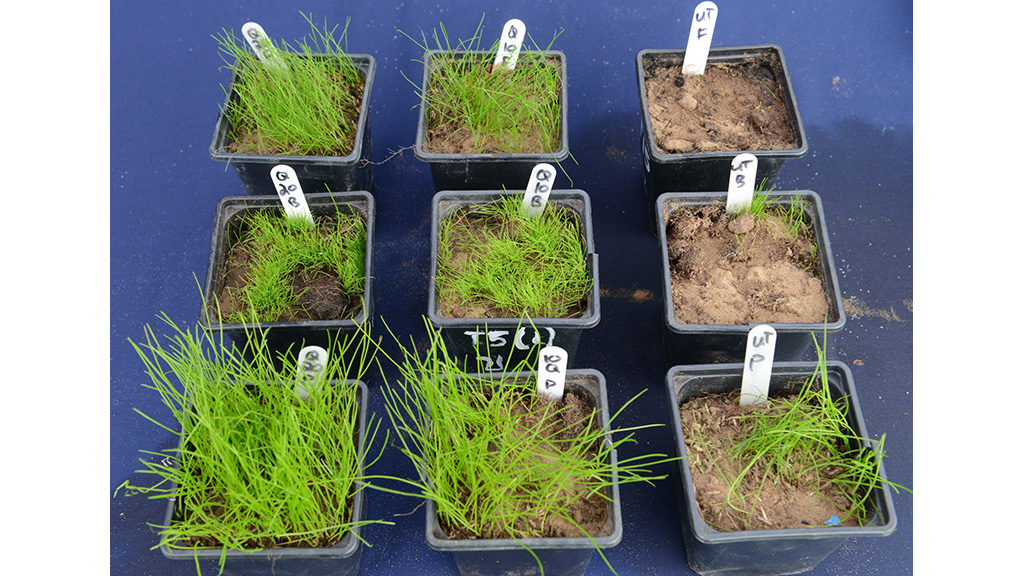
In STRI trials Qualibra programmes at full rate prior to sowing achieved the best results, but even half rate applications achieved a significant boost in seedling establishment. Results showed a 200% increase in bent grass germination after 19 days with treatment of 20 l/ha five days before sowing, for example.
Seedling vigour, measured as growth, along with all important surface coverage after 40 plus days, were also enhanced with the wetting agent programmes.
Light recovery
This summer has already been testament to the hugely damaging effects too much light can have on turf plant health, when coupled with additional stresses. When plant photosynthetic activity is over-stimulated by light, but growth is limited by water or nutrient availability, for example, the excess production of free radicals can prove hugely stressful for plant health.
Research using Ryder pigment has shown it acts as a sunscreen to filter out harmful excess UV light. That can be especially useful during renovation in August/September.
The other aspect with the use of Ryder has been the instant green-up from application during renovation. Where a heavy top dressing has been applied as part of the process, for example, a treatment with Ryder can effectively mask the colour and eliminate subjective player perceptions of the effect of sand on surfaces – which will typically play faster and truer after sand top dressing.
Action timing
SyngentaTurf website historic disease and weather records show where infection risk can be high through typical renovation timing in mid to late August. Armed with this knowledge of where and when risks of specific diseases have been highest, could prove valuable to influence when renovation weeks should be scheduled in the club calendar.
Furthermore, new WeatherPro forecasting reports on the website can be particularly useful around renovation timing. Getting a picture of soil moisture, temperature and evapotranspiration that are all crucial for successful seedling establishment can help influence timing or intensity of actions, where any flexibility in the renovation week permits.
If conditions are good for recovery and all the other preparations are in place, then it’s a real opportunity to get as much work done as possible, and still achieve rapid recovery to a better place.



